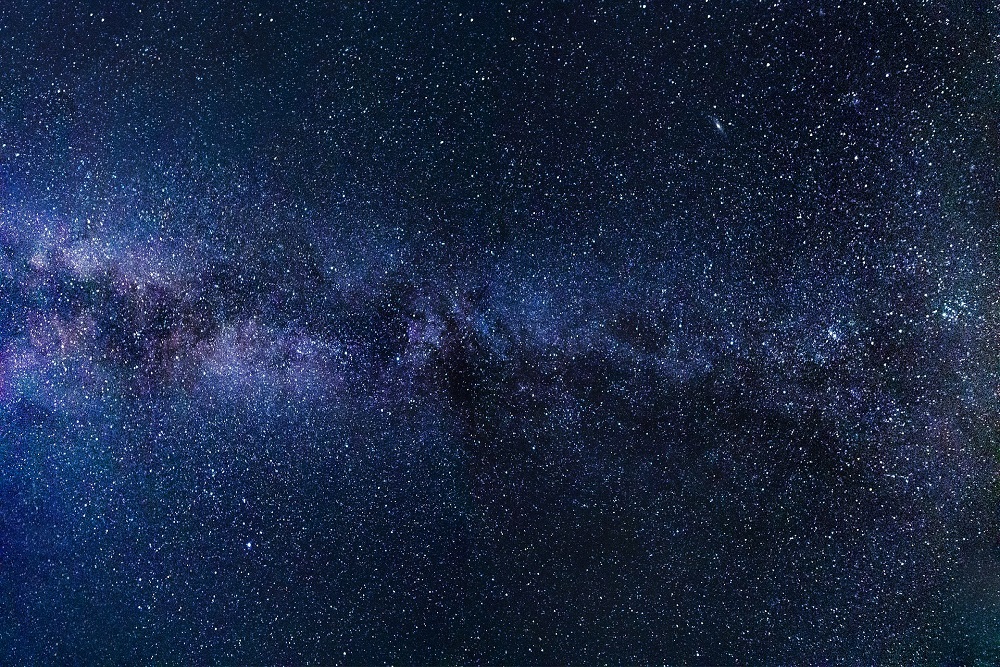The Fermi Bubbles, discovered in 2010, is giving signs of unusual atomic activity. The IceCube Neutrino Observatory recently reported the rise in activity coming from the bubbles.
According to scientists at the observatory, their machines detected more than ten neutrino outbursts coming from the area, where the Fermi bubbles are located.
What are the Fermi bubbles?
When the phenomenon was first discovered, scientists did not suspect the magnitude of the bubbles. While the Milky Way is spreading over thousands of light-years in a horizontal plane, the Fermi bubbles are poised in a vertical plane and stretch for more than twenty-five thousand light-years in both directions, with their center located in the galaxy.
The Fermi blob formation is a collection of gases, which has formed over thousands of years, and still one of the biggest mysteries for scientists. The recent neutrino outbursts are making it even more fascinating, as researchers are trying to figure out what is going on inside the gas bubbles.
Scientific discoveries
The Fermi bubbles are just one of a vast list of scientific discoveries that are yet to be fully explained. Recently, scientists found a new mineral, which came from a meteorite, which was discovered more than fifty years ago in Australia.
Scientific research takes a lot of time. The gas formations on the Milky Way are some of the most fascinating phenomenons yet to be analyzed, as they are located so far away from our reach. Still, scientists at the IceCube Observatory are performing numerous hypothesis tests and analyses, in order to at least get a glimpse of the mystery behind the Fermi bubbles.







